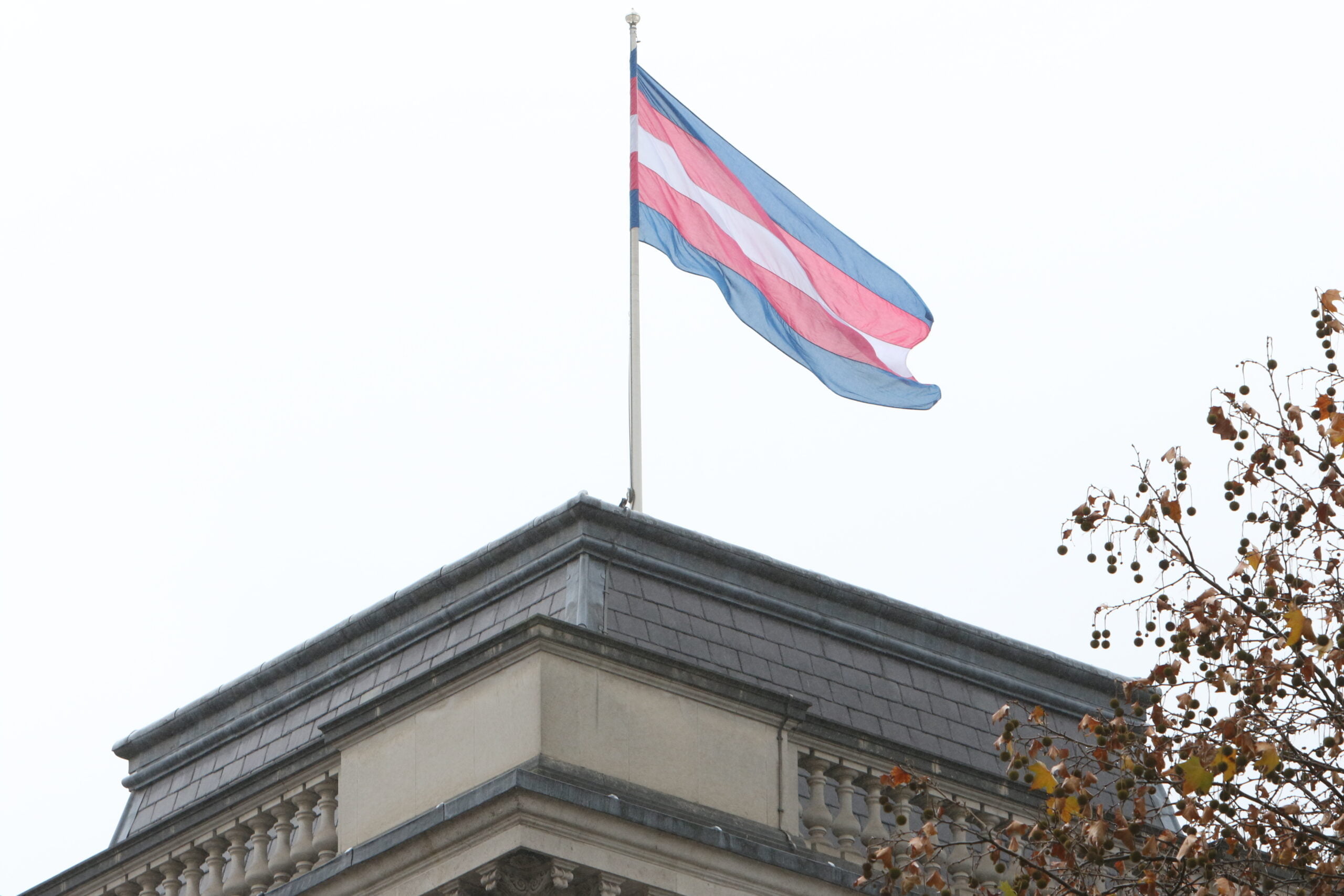When do transgender children need to go to court to get treatment?
The case of Re Imogen
In 2020, the Family Court of Australia (as it then was) heard an application by a mother of a child regarding the child’s wish to seek stage 2 hormone treatment for physical feminisation. The case is known as Re Imogen.
Imogen is the pseudonym given to the teenager. Generally, parents have the responsibility to consent to medical treatment for and on behalf of their child. This matter went to court because Imogen’s parents had conflicting views about her getting oestrogen treatment to aid in her physical feminisation.
Imogen’s father supported her decision to transition and commence the second stage (in what is typically known as a three-stage transitioning process) for transgender adolescents seeking treatment.
After the initial round of puberty blockers, Imogen’s mother withheld her consent to Imogen receiving further treatment. This resulted in Imogen’s mother initiating an application in the Family Court of Australia for a determination by the Court.

Imogen’s case is not the first case relating to trans and gender diverse young people in recent years. Indeed, since 2013, the Court has ruled on matters relating to the treatment, care and agency of trans and gender diverse young people. In Re Jamie (2013), the Court overturned the law requiring an adolescent and their family to seek the Court’s approval to commence puberty blockers prior to the child turning 18 years old, provided the parents and the young person’s medical practitioner were in agreement.
Four years later, the decision in Re Kelvin (2017), enabled young people to commence gender-affirming hormones treatment prior to age 18, without the Court’s approval. In this case, the Court did not comment on how a young person seeking to access gender-affirming hormones may do so if their parents were in dispute about the matter.
The effect of this was that “stage 2” treatment was deemed therapeutic and was treatment for which consent no longer lay outside the bounds of parental authority (or required the Court’s approval) (reversing the position in Re Jamie). Re Kelvin also determined that, in respect of stage 2, if the child, the parents and the medical practitioners agree a child is Gillick competent, there was no need for the Court to determine Gillick competence (reversing the position in Re Jamie).

Historically, the Court has had difficulties drawing a clear line between the type of medical procedures that a parent can consent to and those that require court authorisation. These matters are dealt with under section 67ZC of the Family Law Act 1975 (Cth), which allows the Court to make decisions on the welfare of children.
The High Court of Australia in the case of Re Marion (1992) (a case involving the sterilisation of a severely disabled 14 years old to avoid menstruation with its psychological and behavioural consequences, and pregnancy), established the principles for identifying the type of medical procedures requiring the Court’s authorisation. It also validated the House of Lords’ decision in Gillick v West Norfolk and Wisbech Health Authority that a child with an adequate level of maturity and intelligence can consent to medical treatment insofar as they show a reasonable understanding of the process and ramifications, of such treatment. This is referred to in subsequent cases as the “Gillick” competency.
Re Kelvin is authority for the rule that if all parents and medical practitioners agree, a Gillick-competent child can consent to stage 2 treatment, and, if a child is not Gillick-competent and the treating medical practitioners agree, the child’s parents can consent to stage 2 treatment without court approval.
Re Imogen (2020) further clarifies the ruling in Re Kelvin by establishing that in Australia, young people can only seek hormone treatment when there is no dispute between parents (or those with parental responsibility), who must also be in agreement with the medical practitioner and the young person themselves with regard to:
- the young person’s Gillick-competence; or
- a diagnosis of Gender Dysphoria; or
- proposed treatment for Gender Dysphoria.
The Australian law on gender transitioning for young people is clearer now. A young person deemed to be competent to make transition treatment decisions does not require an intervention of the Courts if their parents are in agreement and their medical providers are also in agreement, which is what differentiates the facts in Re Kelvin from Re Imogen (2020).
The Court will step in only if one of the parents or a doctor disputes the young person’s competence, the diagnosis and / or treatment. In such cases, it becomes mandatory for the Court to authorise treatment or not.
Interestingly, if the Court is satisfied that the young person is competent to make such a decision, then the Court is not required to authorise the treatment if the young person’s competence is the only issue in dispute.
Justice Watts, the judge who presided in Re Imogen, focused on the best interests of the child, which is a fundamental principle in family law. The Court considered Imogen’s views in light of her age, level of intelligence and maturity before ruling that Imogen was competent to consent to hormone treatment, had been correctly diagnosed with gender dysphoria and the treatment was in her best interests.
While this judgment has been received with mixed views, it remains clear that the Court has a wide discretion in determining the best interest of the child and considers a range of factors, including risks to the child, before reaching its decision in any case.
In Re a Declaration Regarding Medical Treatment for “A” [2020] QSC 389, the Lyons SJA, said:
Children and minors are incapable of giving informed consent until they achieve sufficient understanding and intelligence to enable them to understand fully what is proposed. Until that time, a parent generally has power to consent to treatment on a minor’s behalf. The parens patriae jurisdiction permits the court to make orders contrary to the wishes of a child’s parents if it is satisfied it is in the best interests of the child to do so. That was clearly expressed by Chesterman J in the State of Queensland v Nolan.[2] His Honour observed:[3]
“The jurisdiction appealed to is that which was formally vested in the Sovereign but was transferred in centuries past to the Lord Chancellor and from him personally to the Courts of Chancery and then to those courts which, like the Supreme Court, exercise the jurisdiction of that court. It is exercised to protect the person and property of subjects, particularly children who are unable to look to their own interests. The court has a wide power in relation to the welfare of infants. The dominant factor in the exercise of the jurisdiction is always what is in the best interests of the child in question. In a passage approved by Brennan J. in Marion’s Case it was described by Lord Esher M.R. in R. v. Gyngall:
‘The Court is placed in a position by reason of the prerogative of the Crown to act as supreme parent of children, and must exercise that jurisdiction in the manner in which a wise, affectionate, and careful parent would act for the welfare of the child.’
The power is to be exercised for the protection of those whose plight enlivens it. See also Fountain v. Alexander.”
Contact the Dowson Turco Lawyers family law team, at enquiries@dowsonturco.com.au or by telephone: 02 8000 7300. Follow us on Facebook and Instagram.



